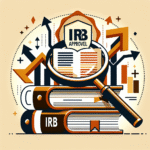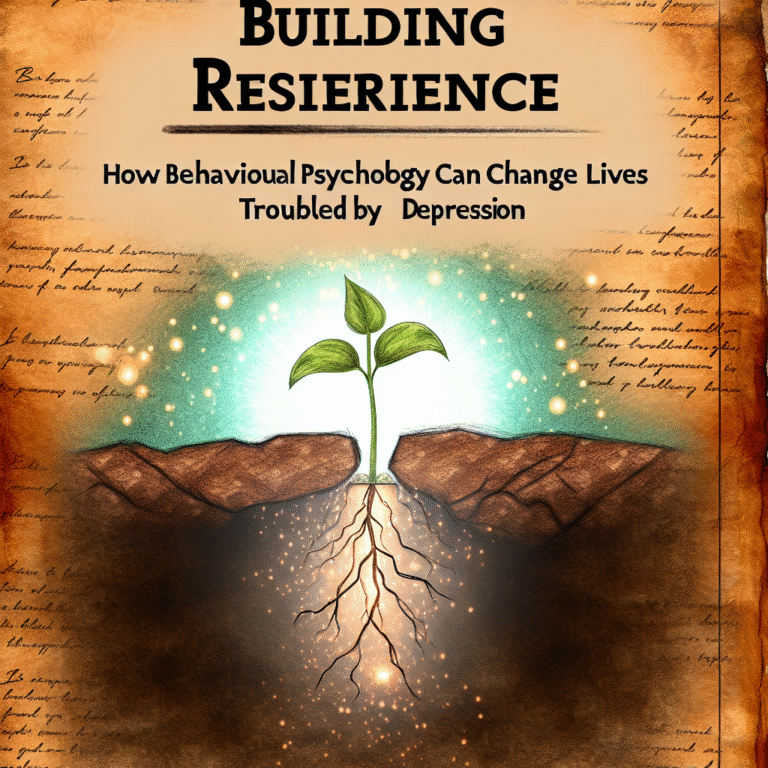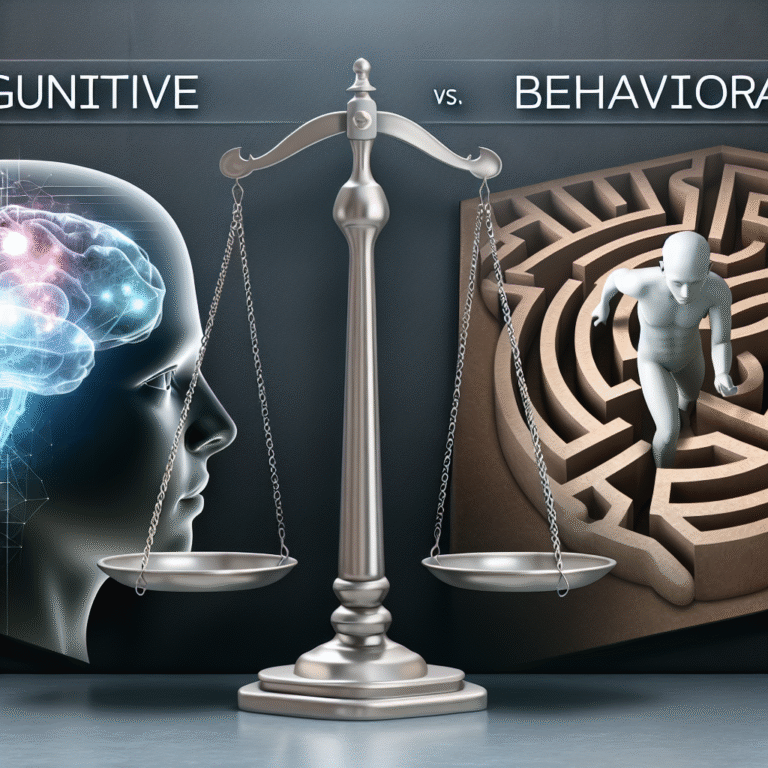Cognitive Dissonance: The Ultimate Inner Struggle Behind Our Choices
Introduction
Have you ever felt torn between two conflicting beliefs, leading to anxiety or discomfort? You’re not alone. This phenomenon, known as cognitive dissonance, shapes our decisions in profound ways, often without us realizing it. The reality of our inner struggle influences everything—from the choices at the grocery store to significant life decisions like career changes and relationships. Understanding this psychological tension can empower us to make more authentic choices that align with our values and beliefs. In this article, we will explore "Cognitive Dissonance: The Inner Struggle Behind Our Choices," examining its mechanics, impacts, and ways to navigate through the turmoil.
What is Cognitive Dissonance?
Cognitive dissonance is a psychological theory proposed by Leon Festinger in 1957. It describes the mental discomfort experienced when a person holds two or more contradictory beliefs, values, or attitudes, particularly when a decision must be made. For instance, consider a smoker who is aware of the health risks associated with smoking but continues to smoke. The clash between the knowledge of smoking’s dangers and the act of smoking creates dissonance, leading to an inner struggle.
The Science Behind Cognitive Dissonance
At its core, cognitive dissonance is about consistency. We strive for internal harmony and logical consistency in our beliefs and behaviors. When faced with contradictions, our brain seeks ways to resolve this discomfort. This resolution often comes through:
- Changing beliefs: Altering one’s beliefs to align with behavior.
- Changing behavior: Adjusting actions to fit beliefs.
- Adding new cognitions: Justifying the behavior with new information or rationalizations.
Real-World Example
A classic illustration is a person who knows that exercising is beneficial but skips workouts regularly. To alleviate dissonance, they might convince themselves that they are too busy or that a little indulgence won’t hurt.
| Change | Description |
|---|---|
| Change beliefs | "Exercise isn’t really necessary for health." |
| Change behavior | "I’ll schedule workouts into my calendar." |
| Add new cognitions | "I’ll get back on track after the holidays." |
The Impact of Cognitive Dissonance on Decision-Making
Decision-Making Process
When faced with choices, cognitive dissonance can severely impact our decision-making process. We often experience dissonance when weighing the pros and cons. For example, when deciding whether to buy an expensive item, if we know it may strain our budget, we can feel torn between desire and practicality.
Case Study: The Buying Dilemma
Consider Sarah, who is contemplating the purchase of a high-end smartphone. She knows it is a significant expense. To cope with her inner struggle:
- Changing beliefs: Sarah thinks, “Having the latest phone is essential for my career.”
- Changing behavior: She decides to save diligently for the purchase, prioritizing it above other expenses.
- Adding new cognitions: To justify her choice, she tells herself, “This investment will be beneficial in the long run.”
This decision process underscores how cognitive dissonance manifests in everyday life, influencing our choices as we seek justification.
Choosing a Course of Action
When faced with critical decisions, cognitive dissonance can lead to analysis paralysis where the weight of conflicting thoughts causes us to hesitate. This is particularly evident in life-changing choices, such as whether to accept a job offer or relocate to a new city.
Case Study: Career Choices
Take the case of John, a mid-level manager considering a job offer in a distant city. He values job security but also craves new experiences. This duality can cause him significant stress as he weighs his options.
He might:
- Change beliefs: “Staying in my comfort zone is more beneficial than taking risks.”
- Change behavior: Accept the offer despite his apprehensions.
- Add new cognitions: Rationalize the move with thoughts like, “This will help me grow, even if it feels uncertain.”
Through this internal dialogue, John navigates the cognitive dissonance that complicates his decision-making.
Common Sources of Cognitive Dissonance
Understanding the root causes of cognitive dissonance can help us identify situations in which we might struggle.
Conflicted Values
When individuals hold values that clash, they experience dissonance. For example, a person who values healthy living but indulges in fast food experiences internal conflict. This inner struggle can lead to stress, guilt, or self-justification.
Social Expectations
Our choices are often influenced by societal norms and expectations. When our behavior doesn’t align with these external pressures, dissonance emerges. A classic example is peer pressure—drinking at a social event despite personal beliefs against alcohol.
Strategies for Managing Cognitive Dissonance
Awareness and Acceptance
The first step in managing cognitive dissonance is to acknowledge its presence. Being aware of your conflicting beliefs allows you to address the underlying tensions. Accept that discomfort is a natural human experience linked to growth and self-discovery.
Seek Information and Perspective
Gathering information can help clarify your thoughts. Researching aspects of a situation can lead to a more informed decision-making process. Discussing choices with trusted friends or mentors can also provide fresh insights.
Develop Emotional Resilience
Strengthening your emotional resilience can help you cope with the discomfort of cognitive dissonance. Mindfulness practices, such as meditation or journaling, can foster a deeper understanding of your emotions and decisions, aiding in building mental strength.
Make Informed Choices
Engage in conscious decision-making. Before making a choice, ask yourself what values influence your decision. Align your actions with your core beliefs to reduce the likelihood of experiencing cognitive dissonance.
The Role of Cognitive Dissonance in Personal Growth
Transformation Through Struggle
Cognitive dissonance is not merely an inconvenience; it can be a catalyst for change. The discomfort associated with conflicting beliefs can prompt individuals to reevaluate their values and make meaningful changes.
Case Study: Changing Habits
Consider a habitual procrastinator who struggles to balance deadlines with leisure activities. The dissonance felt from last-minute cramming triggers the reassessment of their time management skills, leading to the adoption of new strategies for productivity.
Gaining Clarity
Navigating through cognitive dissonance can lead to increased self-awareness. By confronting discomfort, individuals may clarify their values, ultimately fostering personal growth and transformation.
| Stages of Growth | Description |
|---|---|
| Recognition | Identifying conflicting beliefs |
| Reevaluation | Assessing values and priorities |
| Transformation | Making actionable changes |
Conclusion
Cognitive dissonance—the inner struggle behind our choices—permeates many aspects of human life. While dealing with conflicting beliefs can be uncomfortable, it offers a profound opportunity for self-discovery and growth. By developing awareness, gathering information, and embracing our conflicts, we can navigate through these inner battles and make choices that truly resonate with who we are.
Remember, cognitive dissonance is not just a psychological phenomenon—it’s a gateway to personal evolution and fulfillment. Embrace it, understand it, and let it guide you toward a more authentic life.
FAQs
1. What is cognitive dissonance?
Cognitive dissonance is the discomfort experienced when holding conflicting beliefs or engaging in behavior that contradicts one’s values.
2. How does cognitive dissonance affect decision-making?
It can lead to hesitance or analysis paralysis, as individuals struggle to reconcile conflicting thoughts and beliefs during the decision-making process.
3. Can cognitive dissonance lead to personal growth?
Yes! The discomfort from cognitive dissonance can prompt self-reflection and lead to meaningful changes in behavior and beliefs.
4. How can I manage cognitive dissonance?
Awareness, seeking information, developing emotional resilience, and making informed choices can help manage cognitive dissonance effectively.
5. Is cognitive dissonance always negative?
Not necessarily. While it can cause discomfort, cognitive dissonance can serve as a positive force for personal growth and self-discovery.
By understanding "Cognitive Dissonance: The Inner Struggle Behind Our Choices," we unlock pathways to not only make better decisions but also forge authentic lives that align with who we genuinely aspire to be.














